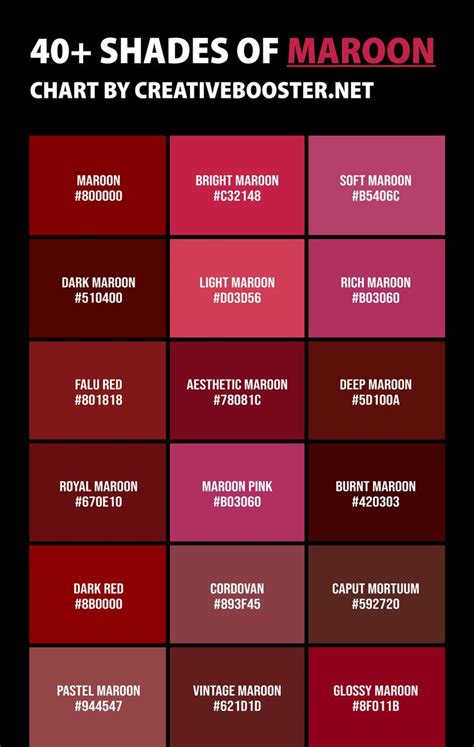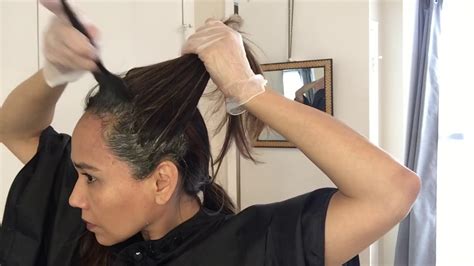Introduction

Hair color application is a versatile technique that transforms the aesthetics and self-expression of individuals. From subtle enhancements to bold transformations, hair coloring empowers users to achieve a desired look. This comprehensive guide delves into the various methods, techniques, and considerations involved in hair color application, empowering readers with the knowledge and confidence to achieve their hair color aspirations.
Methods of Hair Color Application
1. Permanent Hair Color
Permanent hair color alters the natural pigment of the hair, resulting in a long-lasting change. It contains ammonia, which lifts the hair cuticles and allows the color pigments to penetrate the cortex. Permanent coloring is ideal for drastic changes or covering gray hair.
2. Semi-Permanent Hair Color
Semi-permanent hair color deposits color molecules onto the hair’s surface, creating a temporary transformation. It lacks ammonia, so it has a gentler impact on the hair. Semi-permanent color typically lasts 6-12 washes and is suitable for subtle changes or enhancing natural highlights.
3. Demi-Permanent Hair Color
Demi-permanent hair color is a hybrid between permanent and semi-permanent colors. It contains a low concentration of ammonia, allowing for a more gradual color change. Demi-permanent color lasts 20-25 washes and is ideal for refreshing existing color or adding depth.
4. Temporary Hair Color
Temporary hair color is a quick and easy way to experiment with different shades without commitment. It does not penetrate the hair shaft but rather coats the surface. Temporary colors wash out with shampoo and are perfect for special occasions or testing out new hues.
Techniques for Hair Color Application
1. Single-Process Coloring
Single-process coloring is a basic method that involves applying one shade of hair color evenly throughout the hair. It is suitable for subtle changes or covering gray hair.
2. Multi-Process Coloring
Multi-process coloring, also known as highlighting or lowlighting, involves applying multiple shades of hair color to create depth and dimension. It can enhance natural hair color, add volume, or create a bold and striking look.
3. Corrective Coloring
Corrective coloring is a specialized technique used to fix color mistakes or hair damage. It can involve removing unwanted color, balancing out uneven tones, or adding warmth and richness to dull hair.
Considerations for Hair Color Application
1. Hair Health and Preparation
Healthy hair is essential for successful hair color application. Prepping the hair with deep conditioning treatments, clarifying shampoos, and protein masks improves color absorption and longevity.
2. Skin Tone and Eye Color
Consideration should be given to skin tone and eye color when choosing hair color. Certain shades complement specific undertones and enhance natural features. Fair skin tones often suit cooler colors, while warmer skin tones benefit from golden and reddish hues.
3. Lifestyle and Maintenance
The frequency of touch-ups and the level of maintenance required should be considered. Permanent hair color may require reapplication every few months, while semi-permanent and temporary colors may last several weeks.
Strategies for Effective Hair Color Application
1. Consult a Professional Stylist
Seeking the advice of a professional stylist is highly recommended for achieving the desired hair color. Stylists have the experience and expertise to assess hair condition, recommend suitable colors, and perform the application process effectively.
2. Use High-Quality Products
Invest in high-quality hair color products and tools. Reputable brands offer formulations that are gentle on the hair, provide long-lasting results, and include conditioners to protect and nourish the hair.
3. Test a Strand First
Before applying hair color to the entire head, perform a strand test on an inconspicuous area. This allows for assessing the color suitability, determining the processing time, and identifying any allergic reactions.
Tips and Tricks for Hair Color Application
1. Section the Hair
Divide the hair into sections before applying color. This ensures even distribution and prevents streaks or unevenness.
2. Use a Dye Brush
A dye brush with soft bristles helps apply color precisely. Apply the color in the direction of hair growth for better absorption.
3. Wear Gloves
Protect hands by wearing disposable gloves during hair color application.
4. Leave-In Time
Follow the recommended processing time indicated on the hair color product instructions. Over- or under-processing can compromise the hair’s health and color results.
Table 1: Types of Hair Color
| Type | Characteristics | Duration | Suitable For |
|---|---|---|---|
| Permanent | Alters hair’s natural pigment | Long-lasting (several months) | Drastic changes, gray hair coverage |
| Semi-Permanent | Deposits color onto hair surface | Lasts 6-12 washes | Subtle changes, enhancements |
| Demi-Permanent | Hybrid of permanent and semi-permanent | Lasts 20-25 washes | Refreshing existing color, adding depth |
| Temporary | Coats hair surface | Washes out with shampoo | Special occasions, experimenting |
Table 2: Hair Color Application Techniques
| Technique | Description | Benefits | Drawbacks |
|---|---|---|---|
| Single-Process Coloring | Even application of one shade | Subtle changes, gray hair coverage | Lacks dimension |
| Multi-Process Coloring | Application of multiple shades | Depth and dimension, volume enhancement | Can be time-consuming, requires expertise |
| Corrective Coloring | Fixes color mistakes or hair damage | Resolves unwanted color, balances uneven tones | Can be challenging, may require multiple sessions |
Table 3: Considerations for Hair Color Application
| Factor | Considerations |
|---|---|
| Hair Health | Prep hair with treatments, clarify and moisturize |
| Skin Tone and Eye Color | Choose shades that complement natural features |
| Lifestyle and Maintenance | Determine touch-up frequency and care routine |
Table 4: Effective Hair Color Application Strategies
| Strategy | Benefit |
|---|---|
| Consult a Professional Stylist | Expertise, tailored advice, optimal results |
| Use High-Quality Products | Gentle formulations, long-lasting results, hair protection |
| Test a Strand First | Assesses color suitability, determines processing time, identifies allergies |
Conclusion
Hair color application empowers individuals to transform their look and express their creativity. By understanding the methods, techniques, and considerations involved, individuals can achieve their desired hair color with confidence. With proper care and maintenance, colored hair can enhance natural beauty, boost self-esteem, and make a bold statement.
